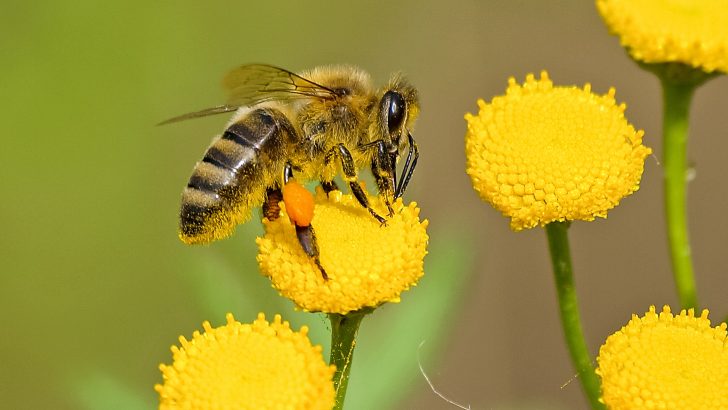Green Fingers
We as humans are very dependent on tiny insects called pollinators. We need them because they pollinate most of the fruits and vegetables that make up our diet. Pollination occurs when pollen is moved within flowers or carried from one flower to another by insects. The transfer of pollen between flowers of the same species leads to fertilisation and in turn seed and fruit production.
The most common insects involved are bees, wasps, hoverflies, butterflies and moths. In Ireland most pollination is carried out by bees as they use pollen to feed their young as well as feeding exclusively on nectar as adults. We have 98 different types of bee. The honeybee, 20 different types of bumblebee and 77 different types of solitary bee. Of our 20 types of bumblebee, six are on the verge of extinction, 24 of our 77 types of solitary bee are also on the verge of extinction.
The reasons for their troubles are all human made. Loss of habitat, less bio-diversity and the large-scale use of chemical pesticides, herbicides and fungicides. The solutions are in our hands.
Gardeners can do their bit and more. A town with all its gardens pollinator friendly can support more life than a farm of equal size growing only one crop. Gardens, more so than farms, can support exceptionally high native invertebrate diversity. There is something, somewhere for most invertebrates. The only limitation is the capacity of your imagination.
The first thing you can do is stop using chemicals or only use them when all else fails. After that provide shelter and food. Put up a solitary bee box if you don’t have a south facing earth bank or some bare soil for them to nest in. They will also use a dry stone wall for nesting in.
The most effective way to provide food for pollinators is to reduce the frequency of mowing the grass in some area of your garden and allow wild flowers to grow in the long grass. If that doesn’t suit, continue to mow as usual but after winter don’t mow until mid-April, after dandelions have flowered but before they set seeds. Try cutting on a six-week rotation to allow flowers like clover to bloom.
Try to have as many single flowered plants (relatively few petals) rather than double flowered (lots of petals). Plants that are near to their wild natural original are good as they evolved without human intervention and attract pollination insects. Remember a weed is a plant growing in the wrong place but if you are letting them grow, they are not in the wrong place, therefore wild flowers are not weeds. Let some common ivy grow, it flowers in October-November and is very important late food for pollinators.


 Paul Gargan
Paul Gargan
